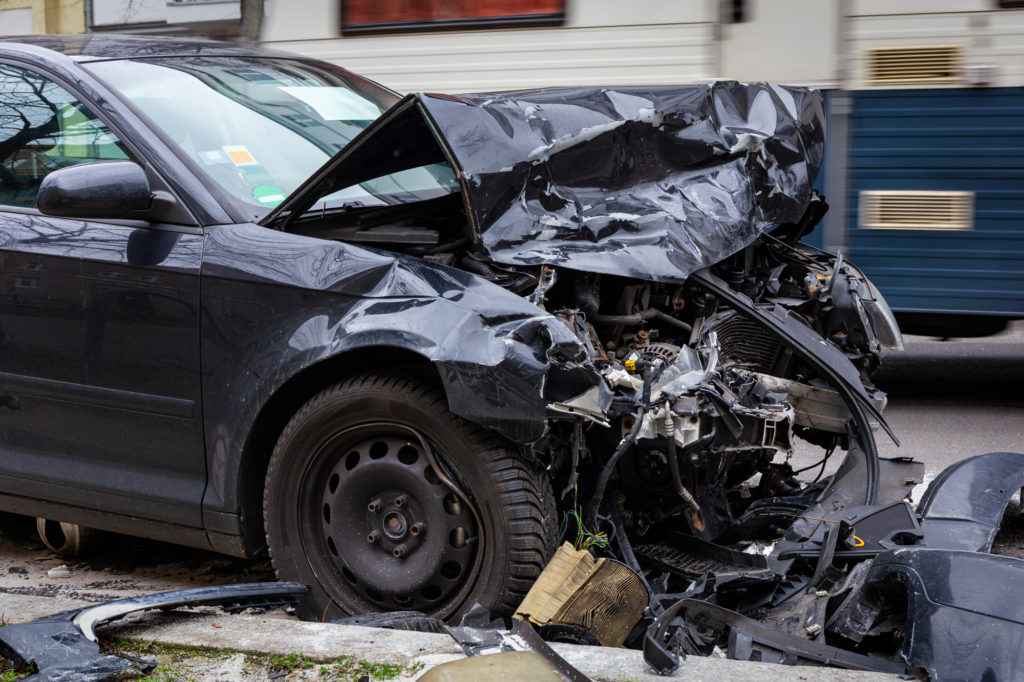Leasing a car is perfect for anyone who wants to drive a brand-new vehicle while paying less than a car loan—or is it? No matter how appealing leasing sounds, it hides several drawbacks that would make most people think twice about doing it.
How Do Car Leases Work?
Leasing a car involves paying to drive a car for a short term. The leasing company buys the car from the dealership and lets you “rent” it from them. The process involves lower upfront costs and monthly payments compared to buying a new car.
You can only lease a car for a set period, usually from two to four years. At the end of your lease term, you can return the car to the dealership, extend your lease, or do a buyout to purchase the car.
Is Leasing a Car a Good Idea?

If you need a car only for a year or two, leasing a car might be a good option for you, provided that you’re aware of its hidden drawbacks. Some of them can cost you more than buying a new or used car would, depending on the issues you encounter down the line.
Reasons You Should Not Lease a Car
Once you lease a car, you’re signing up not only to drive it for your lease term but also for dealing with these drawbacks.
You Won’t Own the Car
The biggest downside of leasing a car is you won’t own it even after the end of the lease. You’ll pay a lot of money for it, but you can’t regain what you lost because you can’t sell the car.
It’s More Complicated than Buying a Car
Leasing a car includes paying for its lost value over the term of the agreement on top of other fees. Leasing contracts can be complex, and you must study them to get a good deal.
Mileage Limits
Most car lease contracts include a mileage restriction, usually between 10,000 and 15,000 miles per year. While this range is more than enough for most drivers, some people need more, especially those who use their leased cars regularly to travel long distances.
If you go over the set miles, the dealership might penalize you or require you to pay a fee for every extra mile to compensate for the depreciation in the car’s residual value.
Higher Insurance Premiums
Leasing a car raises your insurance premiums because it requires you to get full coverage. This ensures you’ll have enough funds to repair the car in case of an accident. Dealerships have a financial stake in the vehicles they lease out, so they make insurance part of the contract.
Expensive to End the Contract Ahead of Time

If you sign a lease agreement and end up hating the vehicle or the arrangement, you can end the contract ahead of its term—but it’ll cost you. Depending on the agreement, you might have to pay massive early-termination fees as well as the remainder of your lease all in one go. Most car leasing companies have a strict no-compromise repayment policy.
Limits on Car Upgrades or Changes
A part of the joys of driving a car is customizing it to fit your needs and preferences. You can do the same on your leased car, as long as you remove all your modifications by the end of your term. Major changes can incur massive penalties.
Modifications can also void your leased car’s warranty. If you take the car to its dealership for repairs and they determine that the issues you’re reporting are caused by the modifications, they can void your warranty on the spot. In short, you’ll have to pay for the repairs on your own.
Must Keep the Car in Perfect Condition
When you lease a car, the dealer expects you to return it in the same condition you got it. That means you’ll have to clear trouble codes and repair or replace damaged parts before your lease term ends. Dealerships usually allow for some wear and tear, but they’ll penalize you for major damage and issues.
Massive Maintenance Costs

The only time the dealership will shoulder repair costs is if the issue involved is covered by the warranty. Otherwise, you’ll have to pay for your leased car’s repairs and maintenance on your own.
Failing to keep up with its maintenance or having it serviced somewhere other than its dealership could violate your lease. You could be penalized at the end of your term.
Price Depreciation
Whether you bought or leased your car, it’ll start depreciating the moment you leave the lot. This is both an advantage and disadvantage if you’re leasing a vehicle.
On the one hand, the vehicle losing its value has no financial impact on you because you don’t own it. On the other hand, the price you paid to lease it corresponds to its condition when you got it (perfect). But it’s not going to stay that way over time.
Lease agreements don’t consider depreciation. In short, there will come a time when you’ll start paying much more than the car’s actual worth.
Accidents Won’t Change the Lease
If the car is totaled in an accident, you’ll still be obligated to pay the balance of your contract. That means you might have to break the bank for a vehicle that’s a total loss unless you have gap coverage.

In some cases, even if the leased vehicles got damaged enough to stop working within the first few months of the term, their lessee still had to push through with the remaining years of their contract.
Moreover, you must repair any damage before returning your vehicle to the dealership. The car company also decides what shape is acceptable. If they deem your car to be in poor condition, they may charge you additional fees.
Bigger Interest
You do not own the leased vehicle, and you cannot use a non-owned asset as collateral. To compensate for the lack of collateral, lenders must charge higher interest rates. In short, most of your payments will go to the interest of a car that you don’t even own.
Reselling Is Not an Option
If you own a car and want to get a new one, you can sell it so that you’ll have money to buy a new model. You can’t do this if you lease a vehicle because you don’t have ownership. Once the term ends, you’ll have to return it to the dealership, so you get nothing substantial in the end.
Who Should Lease a Car?

Car leases are perfect for people who:
- Want to drive a new car every year
- Want a car that they couldn’t afford otherwise
- Run a business and needs to drive to place for it
- Have great credit and are financially stable
- Drive between 10,000 and 15,000 miles per year
The Bottom Line
At the end of the day, it’s up to you. Just remember to consider the cons of car leases before deciding to wrap up that agreement. Whether you’re planning to lease a car or buy a new one, you should never fail to follow your regular maintenance checks and repair any damaged parts as soon as possible.
Any information provided on this Website is for informational purposes only and is not intended to replace consultation with a professional mechanic. The accuracy and timeliness of the information may change from the time of publication.


















